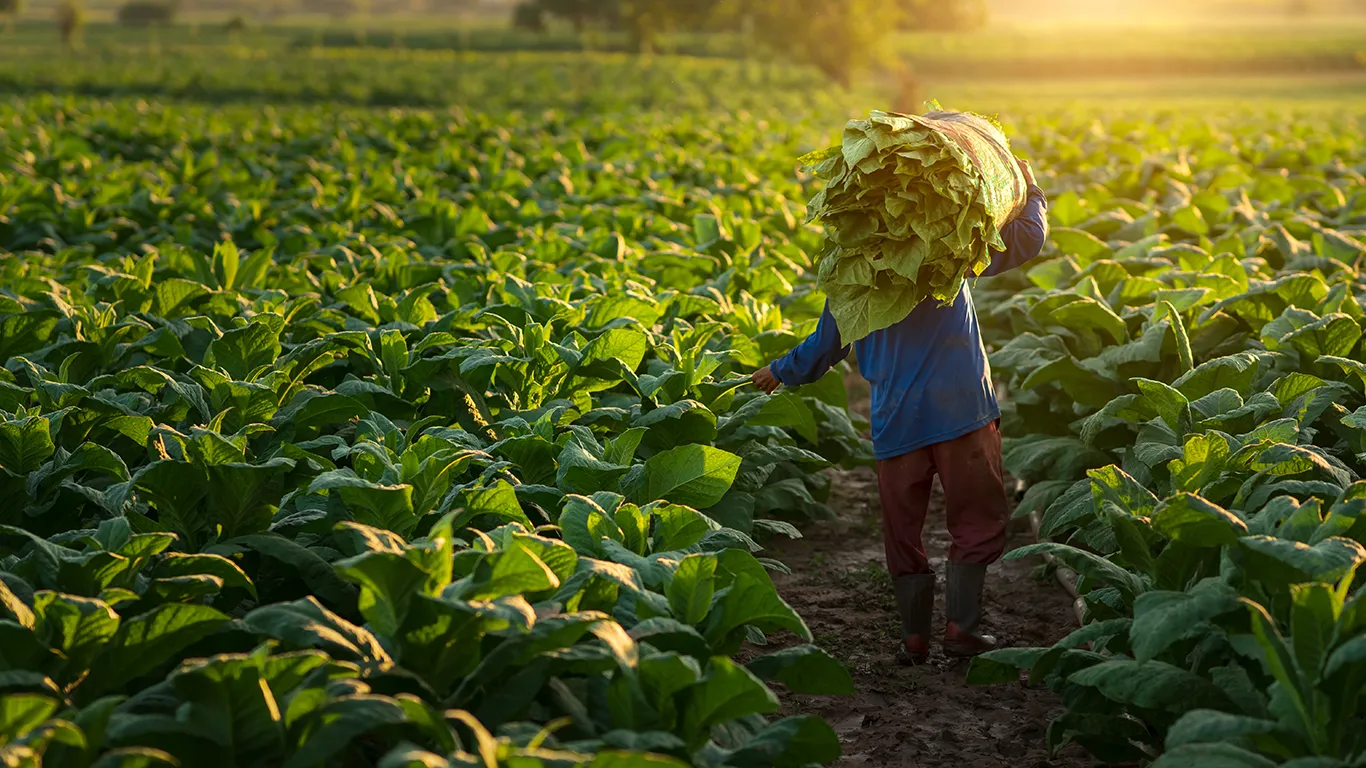Tobacco, the cornerstone of cigar and pipe tobacco production, undergoes a meticulous cultivation process in various regions worldwide. From the sun-soaked fields of the Caribbean to the fertile valleys of Central America, let’s delve into the fascinating journey of tobacco cultivation, emphasizing the unique growing methods and practices employed in each region.
The Caribbean: Birthplace of Premium Cigar Tobacco
The Caribbean region holds a revered status in the world of cigars, renowned for its rich tobacco-growing heritage and unparalleled craftsmanship. Countries like Cuba, the Dominican Republic, and Nicaragua boast ideal conditions for cultivating premium cigar tobacco, with each region contributing its own distinct flavor profiles and characteristics.
Cuba
Often hailed as the epitome of cigar excellence, boasts a long-standing tradition of tobacco cultivation dating back centuries. The process begins with selecting the finest tobacco seeds, which are sown in specially prepared seedbeds and nurtured until they develop into sturdy seedlings. These seedlings are then transplanted to the fertile fields of the Vuelta Abajo region in the Pinar del Río province, where they bask in the island’s warm climate and rich soil. Meticulous care is taken throughout the growing season, with farmers closely monitoring water levels, nutrient levels, and pest control to ensure optimal plant health and development. As the tobacco plants mature, they are carefully harvested, with each leaf hand-selected based on its size, texture, and color. The harvested leaves are then carefully cured, fermented, and aged to develop their signature flavors and aromas, resulting in the world-renowned Cuban cigar.
Dominican Republic
Meanwhile, the Dominican Republic has emerged as a powerhouse in the cigar industry, thanks to its ideal growing conditions and skilled labor force. In regions like the Cibao Valley, tobacco farmers utilize similar cultivation techniques, starting with selecting premium seeds and nurturing them in controlled environments before transplanting them to the fields. The Dominican Republic’s diverse microclimates contribute to the unique characteristics of its tobacco, with varying levels of sun exposure and soil composition influencing the flavor and aroma of the final product. Once grown, the tobacco leaves undergo a meticulous curing and aging process, allowing them to develop their distinctive profiles before being handcrafted into premium cigars.
Nicaragua
With its volcanic soil and sunny climate, has rapidly risen to prominence as a premier tobacco-growing region. In the Estelí, Jalapa, and Condega valleys, tobacco farmers employ traditional methods passed down through generations to cultivate high-quality tobacco plants. The volcanic soil, combined with the region’s warm days and cool nights, imparts unique mineral nuances to the tobacco, resulting in cigars with rich, earthy flavors and spicy undertones. Like their counterparts in Cuba and the Dominican Republic, Nicaraguan tobacco farmers prioritize quality at every stage of the cultivation process, ensuring that each leaf meets the highest standards before being incorporated into a premium cigar blend.
Central America: A Tapestry of Tobacco Diversity
Central America offers a diverse landscape of tobacco-growing regions, each with its own unique terroir and growing practices. Countries like Honduras, Costa Rica, and Mexico play pivotal roles in the global tobacco industry, contributing a rich tapestry of flavors and aromas to the world of cigars and pipe tobacco.
Honduras
Nestled in the heart of Central America, boasts a reputation for producing tobacco with bold and robust flavors. In regions like the Jamastran and Copán valleys, tobacco farmers employ traditional farming methods, cultivating hearty tobacco plants that thrive in the region’s fertile soil and warm climate. Once harvested, the tobacco leaves are cured, fermented, and aged to perfection, resulting in cigars with complex flavor profiles and smooth smoking experiences.
Costa Rica
With its lush landscapes and tropical climate, Costa Rica is celebrated for its unique tobacco varietals, including the flavorful Criollo and Corojo strains. In regions like the San Andrés Valley, tobacco farmers utilize sustainable farming practices, nurturing the tobacco plants with care and attention to detail. The volcanic soil adds a distinctive mineral quality to the tobacco, imparting rich and complex flavors to the final product. Costa Rican cigars are prized for their smooth and refined character, with a balance of sweetness and spice that captivates the palate.
Mexico
Mexico offers a diverse range of tobacco varietals cultivated in regions like San Andrés and the Yucatán Peninsula. Mexican tobacco is known for its earthy and spicy flavor profiles, with the San Andrés Maduro wrapper gaining acclaim for its rich, chocolaty notes and smooth smoking characteristics. Tobacco farmers in Mexico employ time-honored techniques passed down through generations, ensuring that each leaf is carefully nurtured and harvested at the peak of maturity. The tobacco leaves are then processed and aged to perfection, resulting in cigars and pipe tobaccos that offer a unique and flavorful smoking experience.
Diversity and Tradition
The cultivation of tobacco plants for cigar and pipe tobacco production is a global endeavor that celebrates the rich diversity of flavors, aromas, and traditions found in regions around the world. From the storied tobacco fields of Cuba to the lush valleys of Honduras and the volcanic slopes of Nicaragua, each region contributes its own unique terroir and expertise to the art of tobacco cultivation.
As cigar and pipe enthusiasts, we have the privilege of exploring this diverse landscape of tobacco excellence, savoring the unique flavors and aromas that each region has to offer. Whether enjoying a smooth and creamy Dominican cigar, a bold and spicy Nicaraguan puro, or a rich and chocolaty Mexican Maduro, each puff transports us on a journey of sensory delight, celebrating the craftsmanship and tradition of the global tobacco industry.

